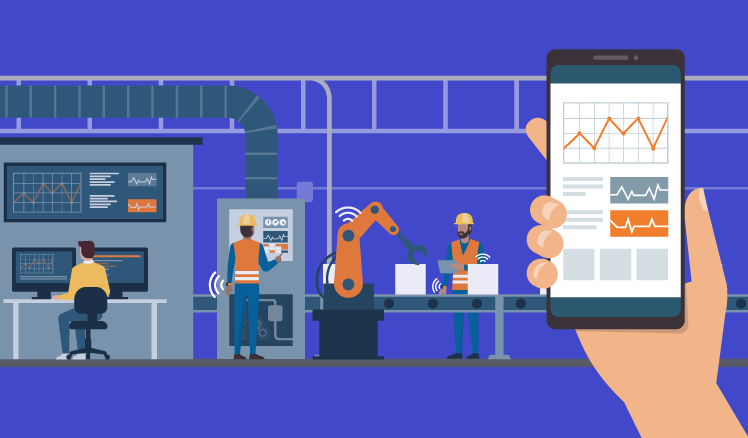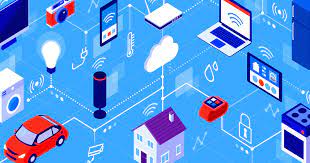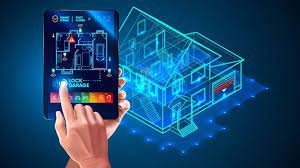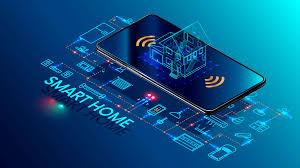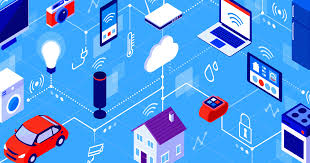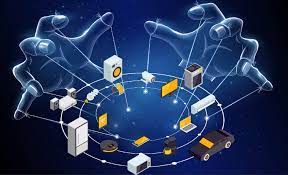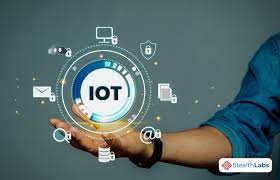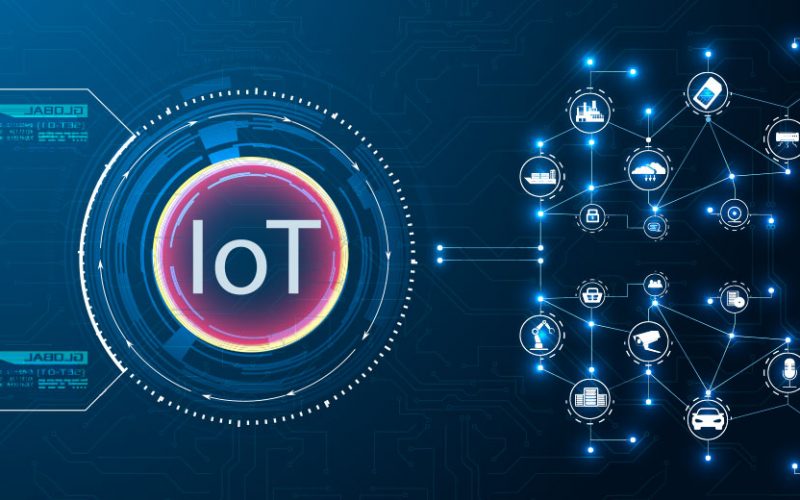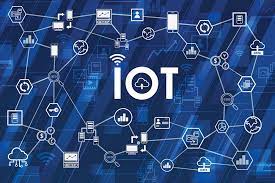17
Oct
Machine learning (ML) and artificial intelligence (AI) play a significant role in IoT data analytics, enabling insights, predictions, and automation. Here's how ML and AI are applied in IoT: Anomaly Detection and Predictive Maintenance:ML algorithms can analyze historical and real-time IoT data to detect anomalies and predict equipment failures or maintenance needs. By learning patterns and identifying deviations, ML models can alert operators to potential issues in advance, minimizing downtime and optimizing maintenance schedules. Predictive Analytics and Forecasting:ML models can analyze IoT data to make predictions and forecasts. For example, in agriculture, ML can analyze weather data, soil conditions, and…
